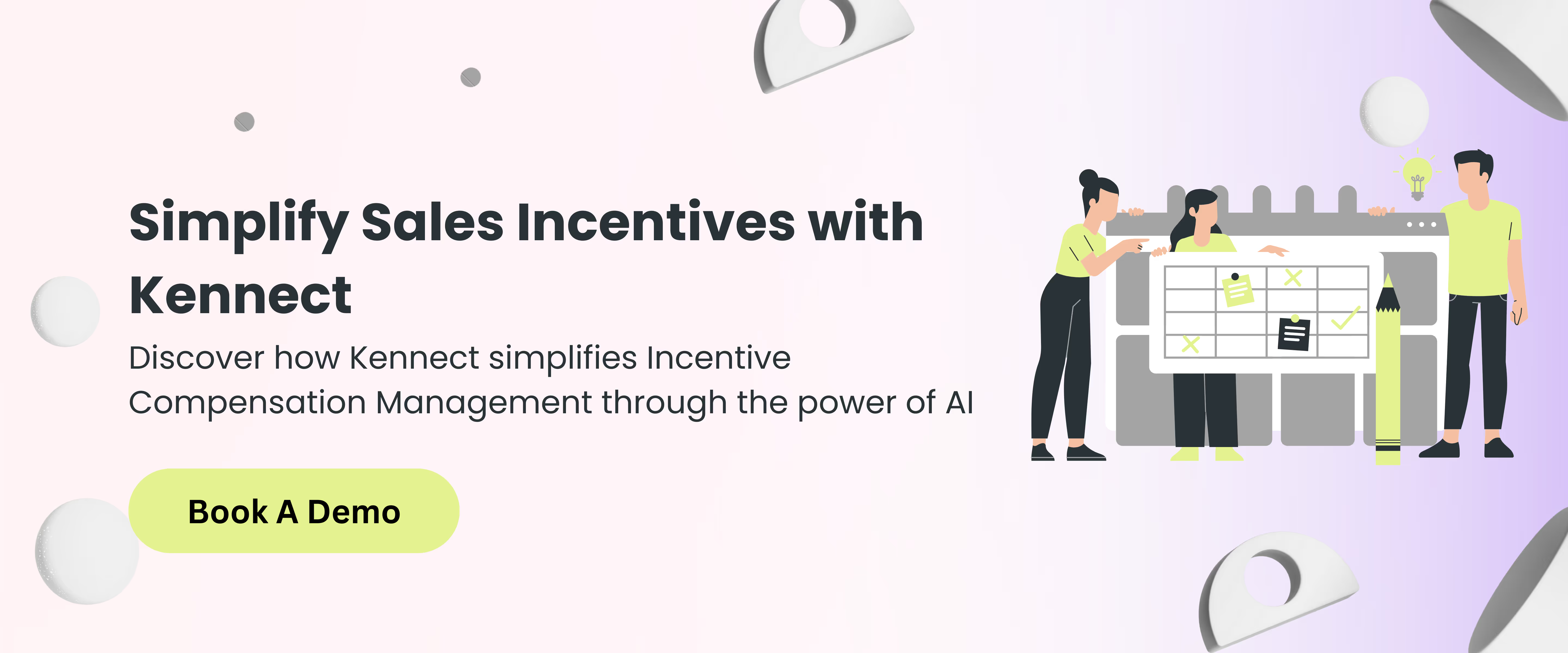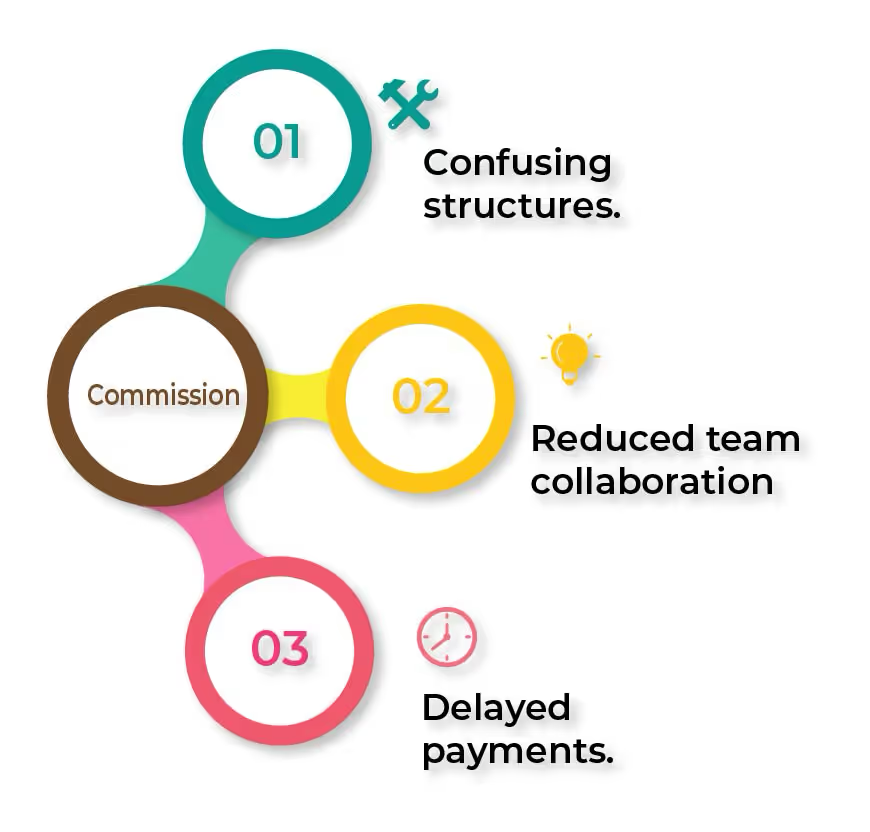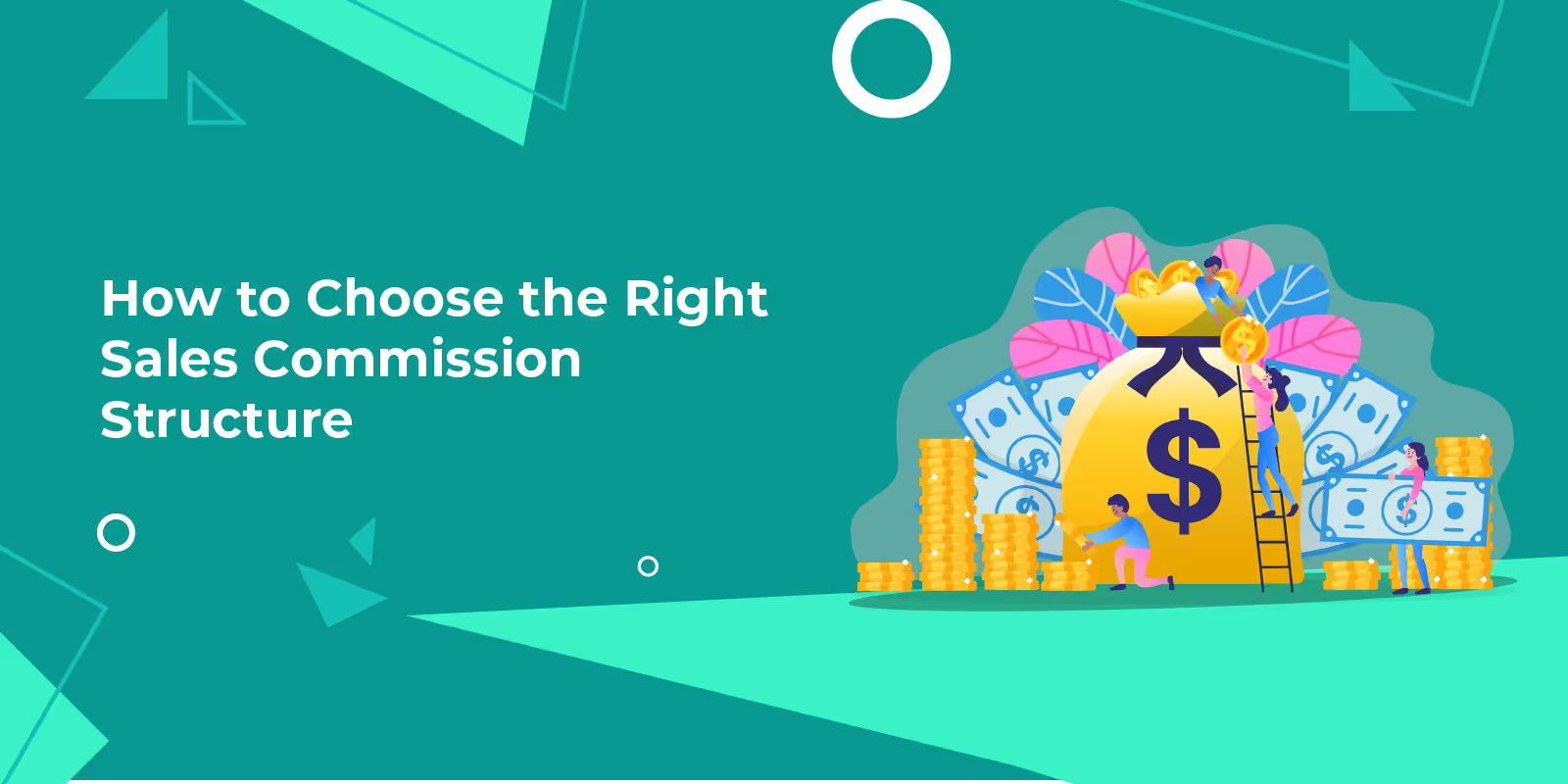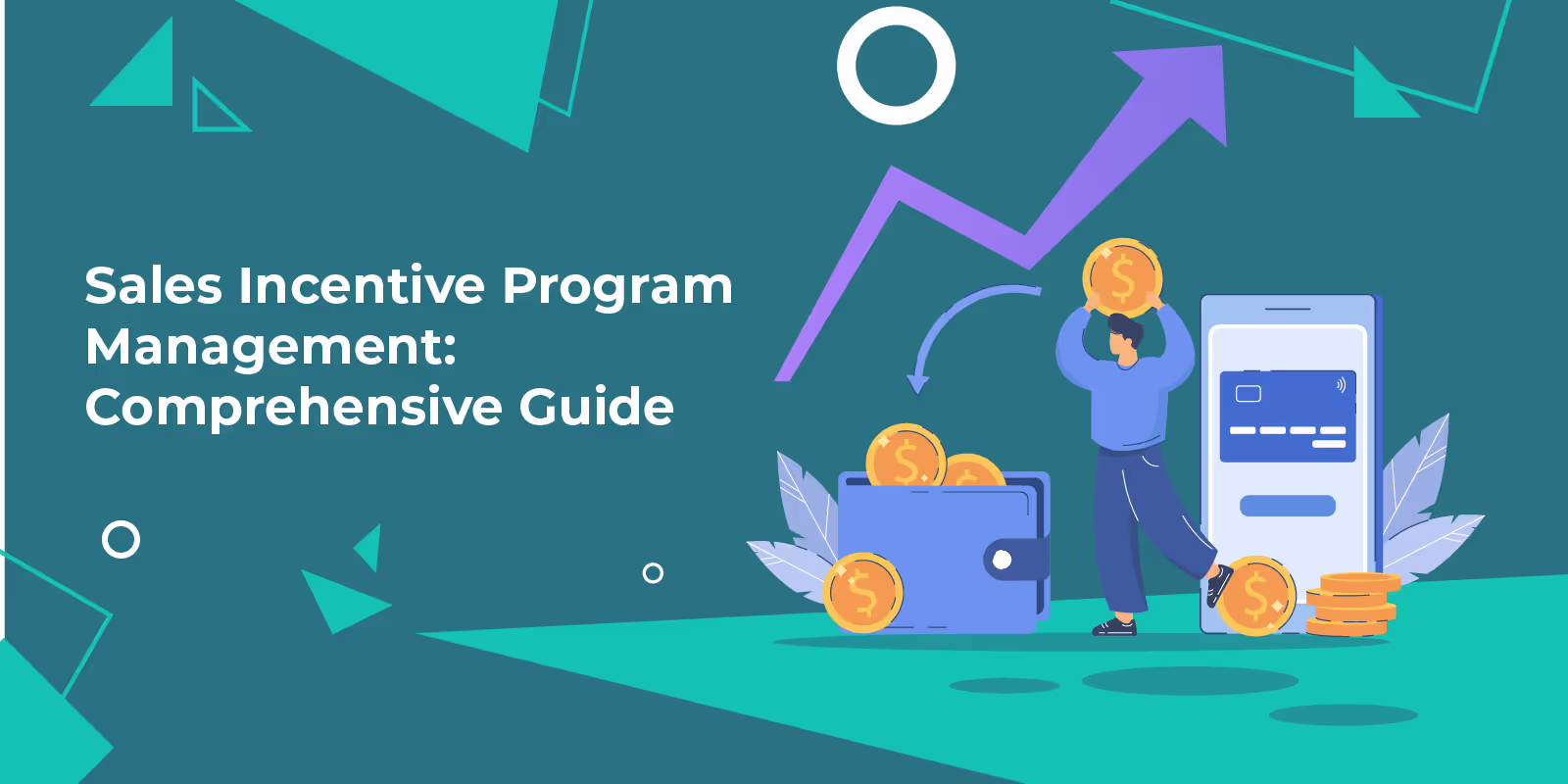
Blog
Understanding Differences Between Incentives & Commissions
October 4, 2024


Key Insights
Understanding the Difference Between Incentives and Commissions
Let’s talk about two of the most powerful tools in the sales world: commissions and incentives. They’re often mentioned together, but they play very different roles in motivating your sales force.
By understanding the strengths and weaknesses of each, and using them strategically, you can inspire your sales team to reach new heights, not just once, but consistently.
You don’t have to be great to start, but you have to start to be great. So let's get you started, read on to learn more.
What is an Incentive?
Incentives are short-term rewards or bonuses encouraging specific actions or behaviors, like closing more deals in a month or hitting a quarterly target. They’re flexible, come in various forms (cash, prizes, trips), and are often tailored to encourage bursts of high performance.
According to a study by the Incentive Research Foundation, 92% of U.S. companies use some form of incentive to drive sales performance. Why? Because it works! It taps into the "What’s in it for me?" mindset and gives your team something exciting to aim for.
What is a Commission?
Commission, on the other hand, is a more structured and long-term motivator. It's a percentage of the sale or a flat rate that a salesperson earns every time they close a deal. The more they sell, the more they earn. Simple, right?
A 2021 survey by HubSpot revealed that nearly 70% of companies use a commission-based structure to compensate their sales team. Commissions provide consistent motivation and align employee earnings with company revenue, making them a staple of most sales organizations.
Commission vs. Incentives
Each serves a unique purpose in sales compensation, and knowing their roles and nitty-gritty details is super important to help you understand which one to use.
When to Use Incentives vs. Commissions?
Choosing between incentives and commissions depends on what you're trying to achieve. Here's when to use each (and sometimes both):
Use Incentives When:
- You need to drive short-term results or hit a specific target, like launching a new product or pushing end-of-quarter sales.
- You want to encourage a certain behavior, such as cross-selling or increasing average order value.
- You need to inspire immediate, competitive energy among your salespeople.
💡Here’s a smart tip to make incentives a breeze: Automate incentives with Kennect’s Incentive Compensation Management tool! It’ll save you time and resources, no sweat. Want to see it in action? Get a free demo and check it out!
Use Commissions When:
- You want consistent, long-term motivation that aligns with your company’s revenue goals.
- Your salespeople need a clear and predictable compensation model that rewards consistent performance.
- You have a stable product or market where continuous sales volume is the goal.

Use Both When:
- You want to create a balanced approach that drives sustained performance but also includes spikes of energy around specific goals.
- You’re launching a new product and need to balance immediate momentum with ongoing sales efforts.
- You’re managing both short-term and long-term sales goals and want to reward a blend of achievements.
Common Challenges with Incentives and Commissions
No compensation system is flawless, and both incentives and commissions bring their own set of challenges to the table. While each can drive performance and motivate your sales team, they can also create unintended consequences if not carefully managed.
Incentives:

- Short-Term Focus: Over-reliance on incentives can lead to burnout or a short-term mindset, where employees only perform when there’s an extra prize at stake.
- Unclear Goals: If incentives are poorly structured, employees might get confused about what they need to achieve, leading to frustration and missed opportunities.
Commissions:

- Unintended Behaviors: Sometimes commission structures can encourage unhealthy competition or unethical selling practices.
- Diminishing Motivation: Over time, employees may see commissions as “part of the job” rather than a motivating factor, especially if they feel the payout isn’t competitive.
Combined Programs:

- Complexity: Balancing commissions with incentives can sometimes create confusion or feel like "too much math" for your sales team to keep track of.
- Unfair Balance: If your programs aren’t well-balanced, high performers might feel they’re not being rewarded properly, while lower performers might be unmotivated altogether.
💡Here are some extra resources to help you sharpen your strategy and fine-tune your approach. The more you know, the better you can motivate your team and drive results!
- How to Choose the Right Sales Commission Structure?
- Sales Incentive Program Management: Comprehensive Guide
Examples of Effective Incentive and Commission Programs
Here’s where it gets fun, this is your chance to spice things up, add some flair, and really make your compensation strategies pop.
Below, we’ve got a few creative examples to spark inspiration and show you just how inventive you can get with incentives and commissions.
Incentive Examples:
- 🌴Trip to Bali
The top three performers of the year get an all-expenses-paid vacation. Who wouldn’t hustle for that?
Well-designed and well-executed incentive travel programs can boost sales productivity by an impressive 18% and deliver an ROI of up to 112%. Wow! Talk about a win-win for both your team and your bottom line.
- 👩💼👨💼Sales Contests
A 30-day sprint where the winner gets a $5,000 cash bonus.
Non-Cash Rewards: Research shows that 45% of salespeople prefer non-cash incentives, like high-end electronics or tickets to events. Think about offering something fun!
Commission Examples:
- Tiered Commissions
The more your rep sell, the higher their commission percentage becomes. For example, sell $50,000 worth of products, and they earn 5%. Hit $100,000, and that percentage jumps to 7%.
- Flat Rate
A simple, predictable commission of 10% per sale, regardless of how much revenue is brought in.
- Residual Commission:
Salespeople earn commission not just from the first sale but from repeat business or contract renewals. This incentivizes relationship-building and long-term thinking.
Best Practices for Combining Incentives and Commissions

There’s always a smart way to approach things, and when it comes to commissions and incentives, the same rule applies.
Get the most out of both commissions and incentives by using them the right way.
✅Set clear, achievable goals for both incentives and commissions: Vague targets lead to vague efforts. Make sure everyone knows exactly what they’re aiming for.
✅Ensure fairness and transparency in both programs:
Employees need to trust that the system is fair. If they think the deck is stacked, motivation can tank.
✅Track performance metrics regularly to adjust and refine plans:
Regular reviews help you tweak what’s working and fix what’s not. Stay agile.
✅Encourage a balanced approach to reward both team and individual achievements:
While competition is healthy, make sure you’re fostering a collaborative culture where both the team and individual efforts are recognized.
Wrapping It Up!
Both incentives and commissions have stood the test of time as reliable ways to motivate employees and boost profits through better performance.
the right approach really depends on what your team needs and what your end goals are. Are you looking for a quick surge in sales, or do you want steady, long-term results? That’s the key to figuring out which to prioritize.
As Simon Sinek wisely puts it, “Leadership is not about being in charge. It’s about taking care of those in your charge.” The same logic applies to compensation, tailor your strategy to meet your team’s needs, and the results will speak for themselves!
ReKennect : Stay ahead of the curve!
Subscribe to our bi-weekly newsletter packed with latest trends and insights on incentives.
Thank you! Your submission has been received!
Oops! Something went wrong while submitting the form.
Your data is in safe hands. Check out our Privacy policy for more info














